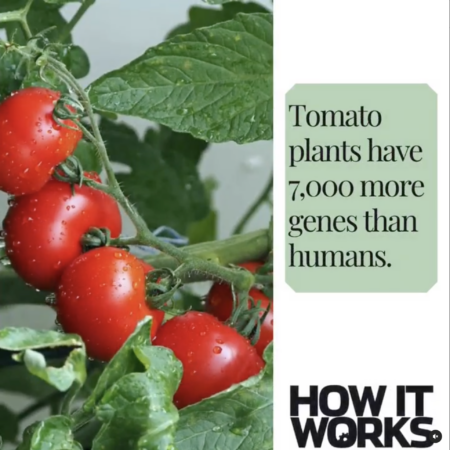How do chickens lay eggs?
The debate over which came first – the chicken or the egg – still rages. However, we can tell you how a chick emerges from an egg…
Hens lay no more than one egg per day as the process of laying an egg is governed by the presence of sunlight. The lack of natural light during the winter months means that even fewer eggs are laid during this time of the year. Humans can, however, ‘trick’ chickens into laying despite the limited sunlight by adding artificial light (such as a light bulb) to the coop. The laying process starts when light entering the hen’s eye activates a photosensitive gland (the pineal gland) positioned nearby. Once stimulated, this gland triggers a process that leads to the release of an egg, or oocyte, from the hen’s ovary. An egg can still be laid whether or not it has been fertilised by a male, but only fertilised eggs can develop into chicks. The orifice through which the egg leaves the hen is called the vent. Though this hole also forms the outlet for waste by-products (ie urine and faeces), there is a valve called the cloaca which separates the oviduct from the intestine.
Feeling broody?
A hen will keep laying around one egg per day until she has a dozen eggs – also known as a clutch. If the eggs are collected by humans each day, however, the hen will continue to lay eggs in an effort to produce a clutch of 12. Once an egg has been laid, the hen will leave the nest, causing the embryo to cool and suspending its development. As long as the nest temperature stays warm enough, an embryo can remain suspended for up to two weeks until the hen has managed to lay a full clutch. Once she has produced a clutch of eggs the hen will stop laying and start brooding, which involves sitting on the eggs for three weeks while the embryos develop. This means the eggs should all hatch at the same time.
Embryo development
The chick starts out as a single cell that divides and forms a hollow disc on the surface of the yolk. This yolk is then released into a spiralling oviduct tube. As it travels down the oviduct it builds up a number of layers, including a vitelline membrane directly surrounding the yolk, and two layers of viscous white albumen divided by a structural fibrous layer. Lower in the oviduct tube the eggshell layer develops around the yolk, protecting it and giving it form. When the egg is expelled from the body so begins the following 21-day period of embryonic development…
Discover more amazing science in the latest issue of How It Works. It’s available from all good retailers, or you can order it online from the ImagineShop. If you have a tablet or smartphone, you can also download the digital version onto your iOS or Android device. To make sure you never miss an issue of How It Works magazine, make sure you subscribe today!
Plus, make sure you also check out our digital-only specials, such as Explore Mars, A Guide To The Galaxy and Earthquakes, available to download onto your digital device now!








